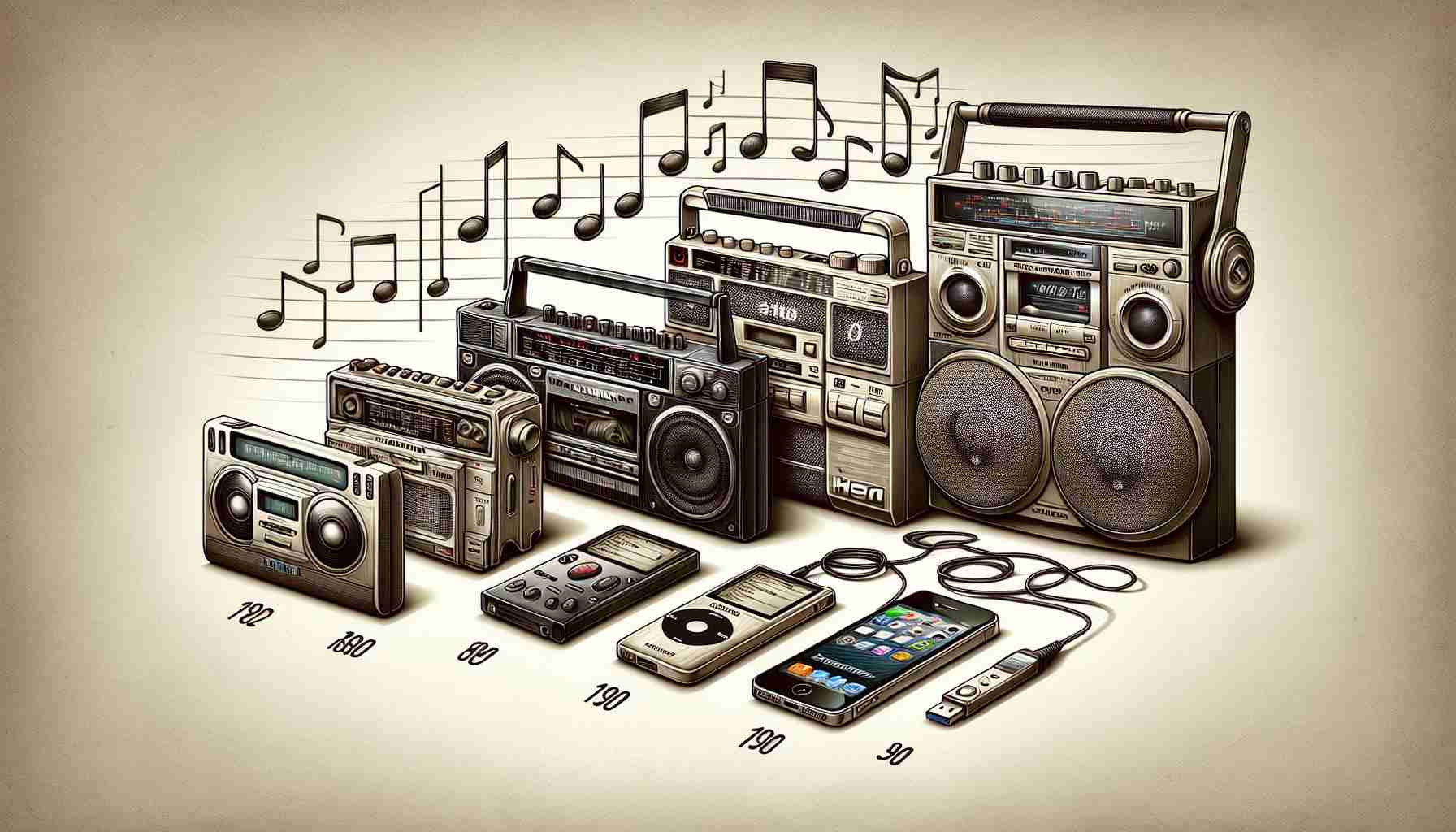In recent years, audiophiles have experienced a significant shift in their listening habits, thanks to advancements in digital music technology. Historically, digital formats were criticized for their inferior sound quality, which left true enthusiasts yearning for better audio experiences. However, innovations such as lossless audio formats like FLAC have transformed this landscape, allowing music lovers to enjoy high-fidelity sound on the go.
Currently, two prominent brands dominate the high-end portable music sector: Astell & Kern and Sony. These companies have created devices tailored for discerning listeners, with Astell & Kern players starting at around $1000, catering exclusively to serious aficionados. For individuals who possess extensive libraries of uncompressed audio files, these players are an ideal choice, especially for those who can appreciate the audio difference compared to standard MP3 or AAC formats.
Additionally, many music streaming services now offer high-quality listening options, including Tidal, Qobuz, Amazon, and Apple Music. Surprisingly, Spotify has yet to introduce its high-fidelity offering. For those who relish the enhanced audio quality, investing in a good headphone DAC, like the Audiofly Dragonfly or iFi Audio Go, coupled with a premium pair of wired headphones, can provide an exceptional audio experience.
This combination not only elevates the listening experience but also makes high-quality music accessible even during travel, eliminating the need for a separate music player.
The Rise of High-Quality Portable Music: Transforming Listening Experiences
In the digital age, the way we consume music has been revolutionized with the advent of high-quality portable music devices and streaming services. As the demand for superior sound quality has grown, so too has the technology to meet it. Notably, the introduction of high-resolution audio files and improved headphone technology has created an environment where audiophiles and casual listeners alike can access exceptional audio experiences anywhere.
What is High-Quality Portable Music?
High-quality portable music encompasses devices and formats that deliver superior sound reproduction compared to standard offerings. Experts define high-quality audio as lossless formats like FLAC, ALAC, and DSD, which provide a richer, more detailed listening experience without the compression artifacts found in typical formats like MP3. But why is this shift toward high-quality audio important in today’s fast-paced lifestyle?
Key Questions and Answers
1. What are the main drivers behind the rise in high-quality portable music?
– Advancements in technology, including improved digital-to-analog converters (DACs), wireless audio transmission technologies like aptX HD, and the increasing availability of high-resolution music libraries, have all contributed to this surge.
2. Who is the typical consumer of high-quality portable music?
– While the initial market was primarily composed of audiophiles willing to invest significantly, the rise of streaming services and more affordable high-quality options has attracted a broader demographic, including younger listeners who appreciate better sound quality in a portable format.
3. Are there any significant challenges or controversies?
– One major challenge is the concept of “perceived audio quality” versus actual audio fidelity. Many users may not notice a significant difference between high-resolution formats and standard streaming on decent headphones. Moreover, the marketing of high-fidelity audio features often leads to skepticism and confusion among consumers. Pricing remains another issue, as many high-resolution players and headphones can be prohibitively expensive.
Advantages and Disadvantages
Advantages:
– Superior Sound Quality: High-quality portable music delivers a richer and more authentic listening experience, allowing listeners to appreciate finer details in their favorite tracks.
– Portability: Advancements in size and weight of high-resolution players mean that enthusiasts can enjoy superior sound quality from lightweight, portable devices.
– Variety of Formats: With a range of lossless formats available, listeners can choose options that best suit their needs and preferences.
Disadvantages:
– Cost: High-quality portable music setups can be expensive, with good quality players and headphones often costing several hundred to thousands of dollars.
– Complexity: Navigating through various formats, devices, and high-resolution libraries can be daunting for casual listeners, leading some to stick with simpler, though inferior, audio solutions.
– Battery Life: High-resolution audio playback often consumes more power, leading to shorter battery life in portable devices compared to those designed for standard audio.
Conclusion
In conclusion, the rise of high-quality portable music is reshaping how consumers interact with music, pushing the boundaries of sound quality beyond what was once thought possible. As technology continues to evolve, it’s important for listeners to educate themselves about their options to ensure they get the best experience possible. With its blend of convenience and audio fidelity, the adventure into high-resolution music is just beginning.
For more information on the latest trends in portable music and audio technology, visit Sound on Sound.













